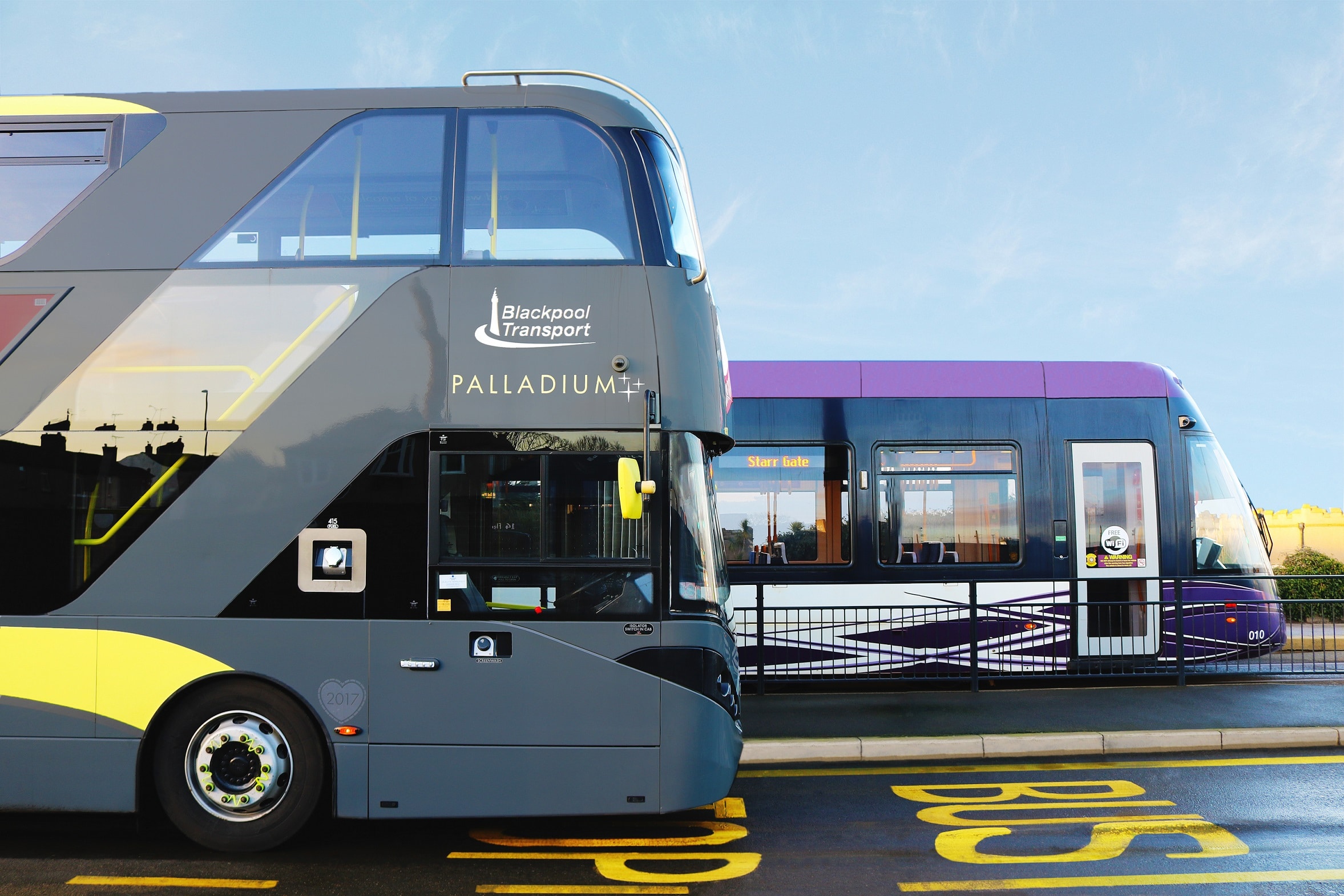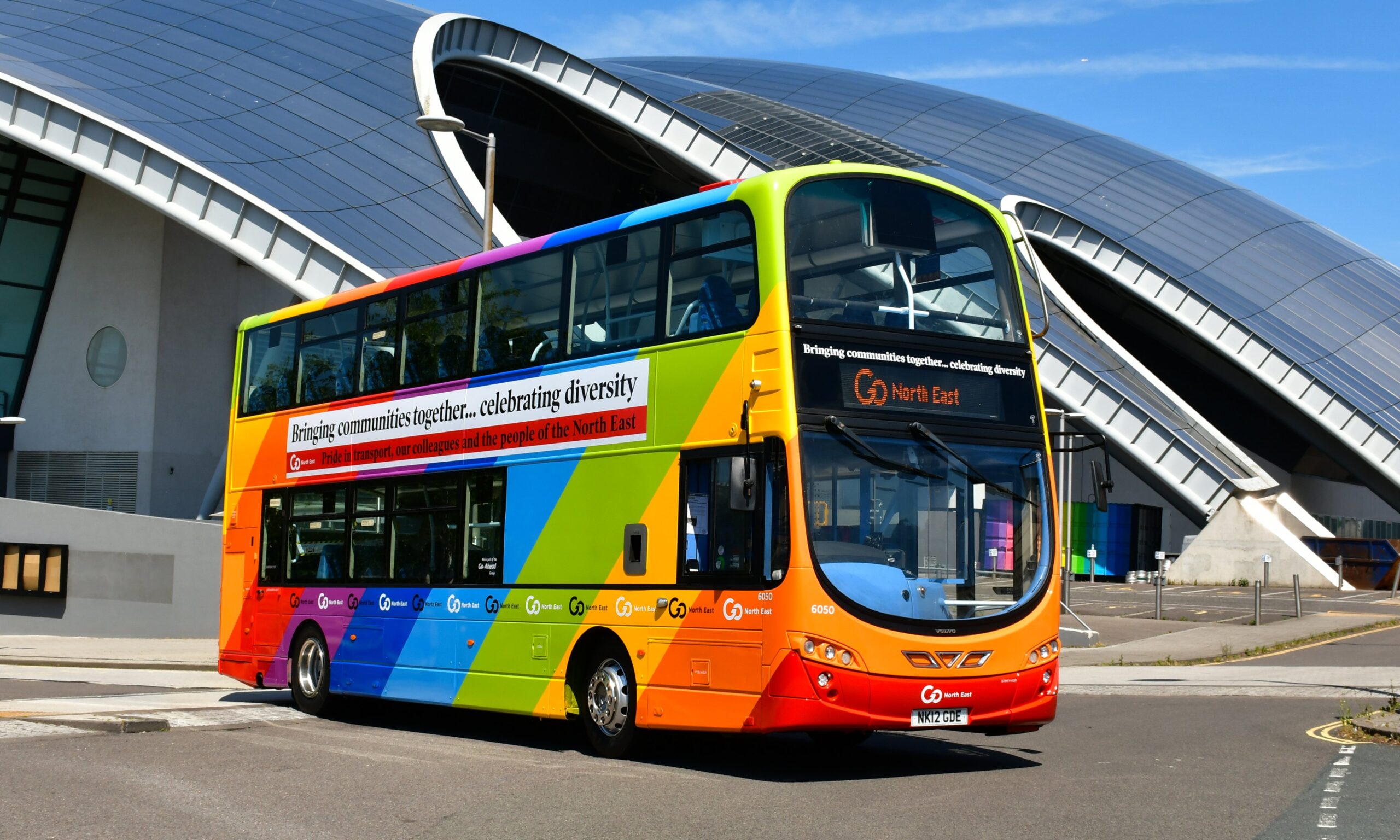Case Study: Digitalisation of Transport Payments Has Arrived in Guatemala City
In cooperation with Sonda, a successful integrator from Central and South America, and Mikroelektronika, a manufacturer of validators, Switchio brought digital transport payments to Guatemala City in the middle of May. This will bring savings not only for passengers but also for the city.
The entire project was developed for Transmetro, whose goal was to improve payment mechanisms available to passengers on Guatemala City’s public transport system. The whole solution was designed as an above-ground metro line – covered stations with entrance and exit that are equipped with turnstile validators. The pilot project began with several bus lines and will gradually be extended to other lines and means of transport.
In the beginning, 400 contactless payment terminals were supplied by us for installation in turnstiles in metro station gates, each one equipped with a suite of terminal applications. Mikroelektronika CRE-10 terminals can also process local Mifare cards. The number of terminals is planned to be increased.
How Does the New Contactless EMV Payment Solution Work?
A passenger gets on the bus and taps on the terminal with their bank card or smart device. The transaction is routed to the Switchio application, which processes the tap and sends it to the transport back office that calculates the ticket price. At the end of the day, the amount is in aggregate form settled with VISANET Guatemala acquirer while the amount for trips during the previous day are deducted from to the passenger’s bank account.
Thanks to the payment switch, it is possible to link payment transactions to any acquirer – this ensures the transport company can switch acquirers anytime without changing the turnstile or transport back office.
Benefits of Switchio’s ready-made, flexible platform:
- Passengers can pay with both Visa and Mastercard bank cards and any device such as a smartphone, smartwatch, etc.
- The system calculates the most economical fare available to a passenger.
- Thanks to fast offline transaction processing (within 0.5 seconds) there are no long queues when passengers board.
- The system contains a blacklist of cards that are banned due to a declined transaction process. A passenger with a blacklisted card is not allowed to board.
- Tokenization services protect passengers from hackers – the customer’s primary account number (PAN) is substituted with an anonymous token so that hackers cannot gain access to sensitive data.
- We deliver a Transport portal – a module providing detailed reports on the cards and terminals used.
- A major component of the project included services pertaining to managing and supervising the solution, such as a 24/7 Help-desk for dealing with queries and issues.
Switch to Switchio® and help to digitise the way the world moves. Let’s work together to change the way we look at transport.
This article was originally published by Switchio.








